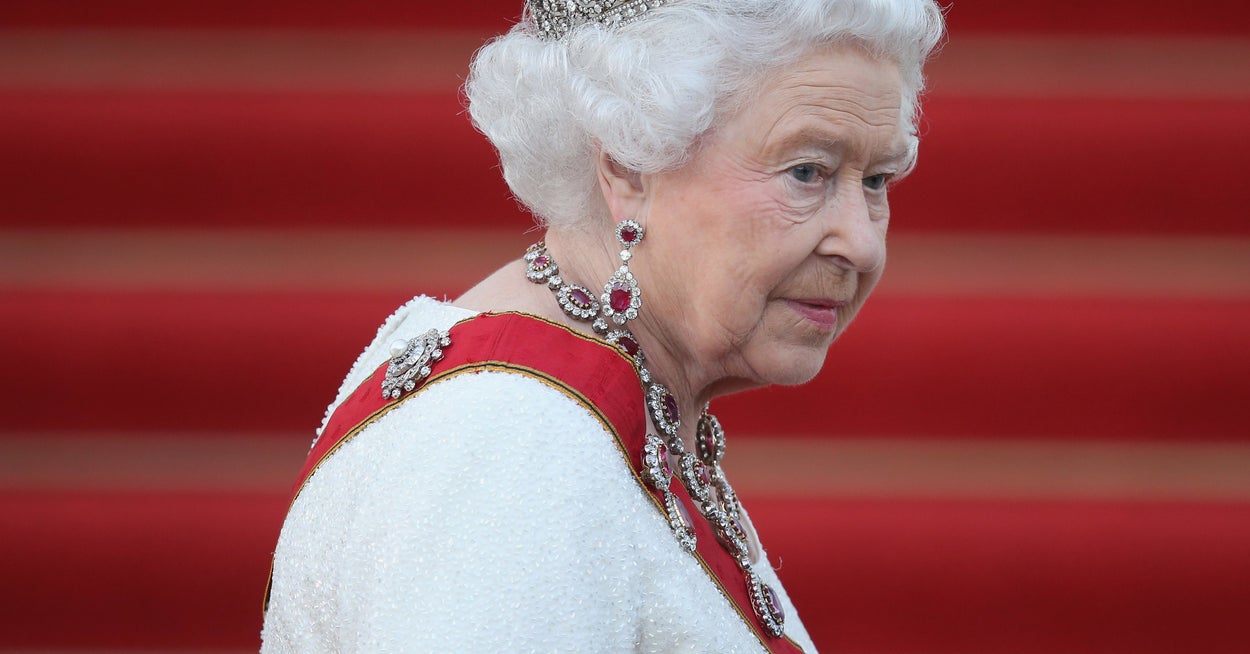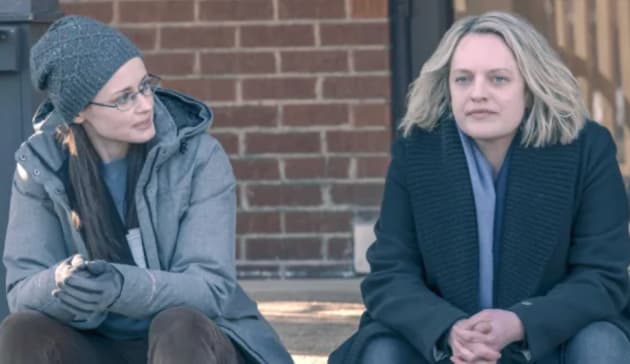Hours before Buckingham Palace announced the death of Queen Elizabeth, my partner and I were revisiting a piece of journalism published by the Guardian in 2017 that outlines in great detail the secret plan of exactly what will happen after the Queen dies.
“The most elaborate plans are for what happens if she passes away at Balmoral, where she spends three months of the year,” it read, referring to the Queen’s estate in Scotland. After her body lies in state in Edinburgh, the Guardian reported, “the coffin will be … put on board the Royal Train at Waverley station for a sad progress down the east coast mainline.” Authorities expected a wave of national mourning in the UK. “Crowds are expected at level crossings and on station platforms the length of the country … to throw flowers on the passing train.”
Neither one of us is really sure exactly what it was about this last image — thousands waiting at train stations across the UK to throw flowers at a passing train — but we were both briefly overcome with tears. The tears did not return again until a BBC announcer emotionally reported that the Queen had died at Balmoral in Scotland. Immediately, I imagined crowds of people dropping what they were doing — work? school? — to make their way to their local station and await their opportunity to give their own bouquets.
I am not a monarchist. I grew up in Sudan, a former British colony that gained independence in 1956, four years into Elizabeth’s reign. The British were, for much of my childhood, the chief villains in Sudan’s history. I now live in Canada, where the Queen was our head of state; her picture hangs in schools and in government buildings. In either case, the monarchy has not played a significant part of my life. To become a Canadian citizen, I had to swear an oath to the Queen, but that’s about the extent of our relationship. I, like many Canadians, am benignly ambivalent about the monarchy.




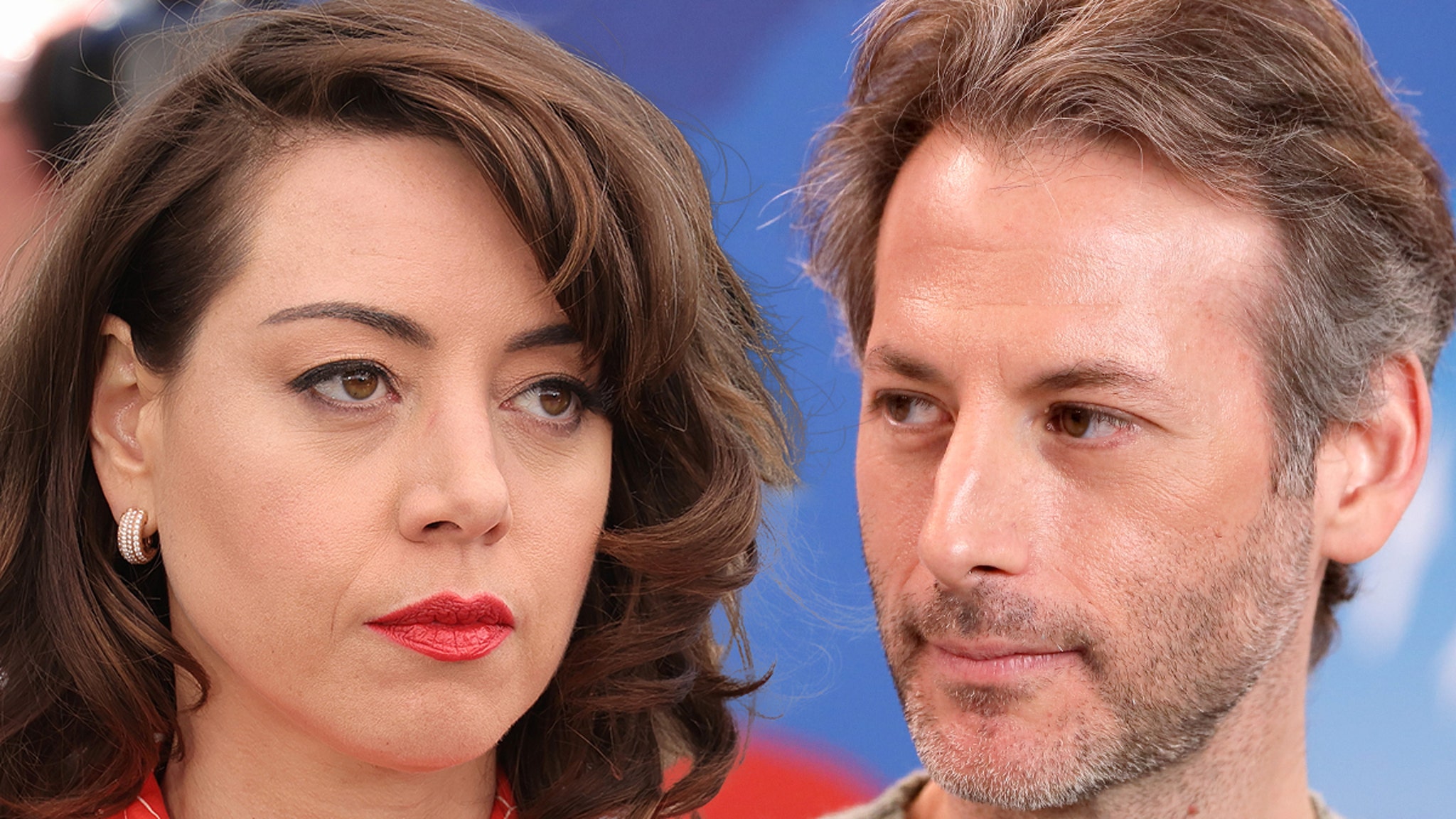




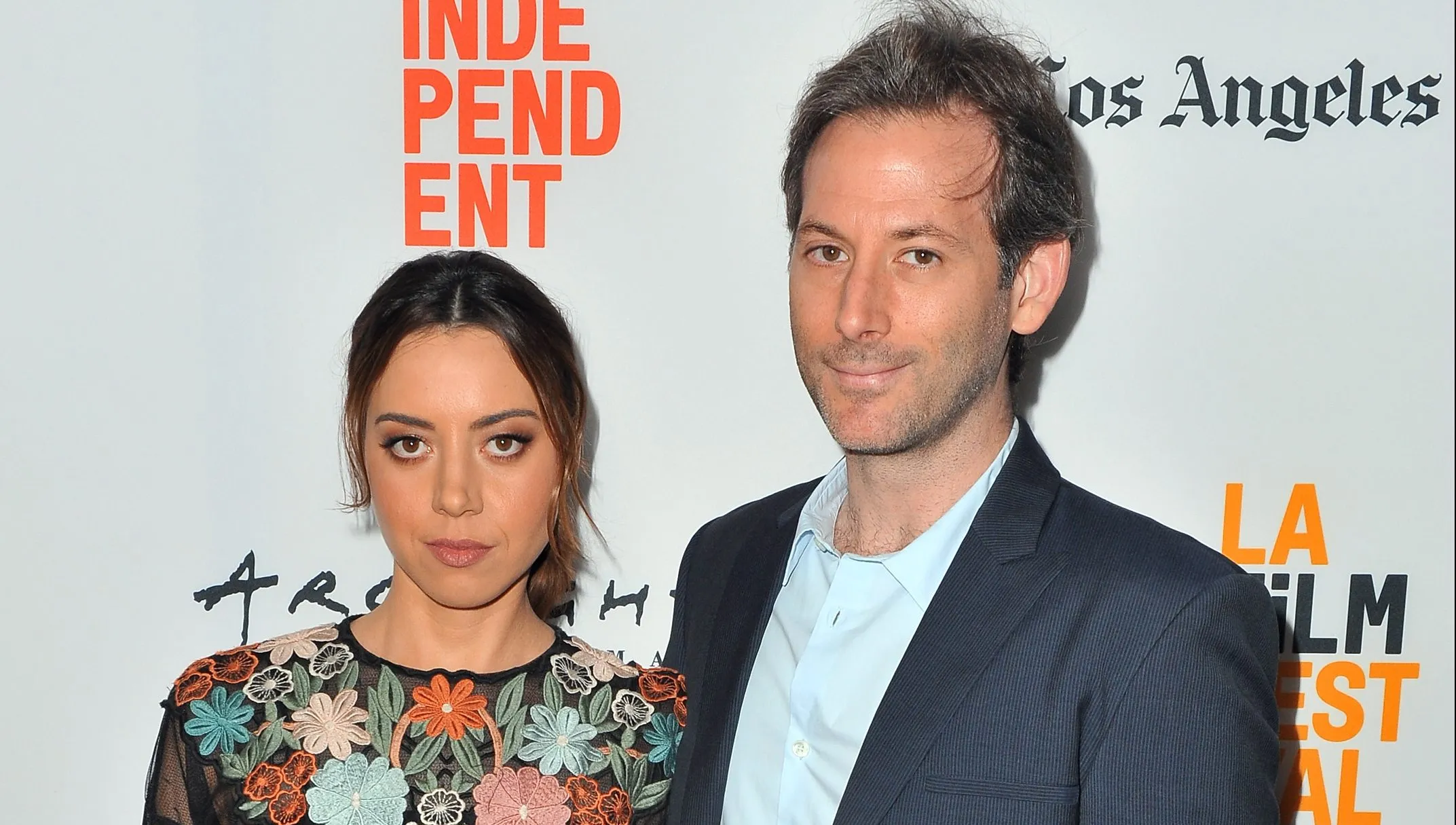













![‘Brilliant Minds’ Season 1 Finale Recap: [Spoiler] Is Alive ‘Brilliant Minds’ Season 1 Finale Recap: [Spoiler] Is Alive](https://tvline.com/wp-content/uploads/2025/01/brilliant-minds-oliver-father-alive-mandy-patinkin-season-1-finale-1.jpg?w=650)
![Mandy Patinkin as [Spoiler], What’s Next for Oliver and Josh in Season 2 (Exclusive) Mandy Patinkin as [Spoiler], What’s Next for Oliver and Josh in Season 2 (Exclusive)](https://www.tvinsider.com/wp-content/uploads/2025/01/brilliant-minds-113-oliver-mandy-patinkin-1014x570.jpg)
![Brilliant Minds Season 1 Finale Review: [Spoiler’s] Return Throws Oliver’s World Out of Control Brilliant Minds Season 1 Finale Review: [Spoiler’s] Return Throws Oliver’s World Out of Control](https://cdn.tvfanatic.com/uploads/2025/01/Rushing-to-Save-the-Apartment-Victims-Brilliant-Minds-Season-1-Episode-12.jpg)

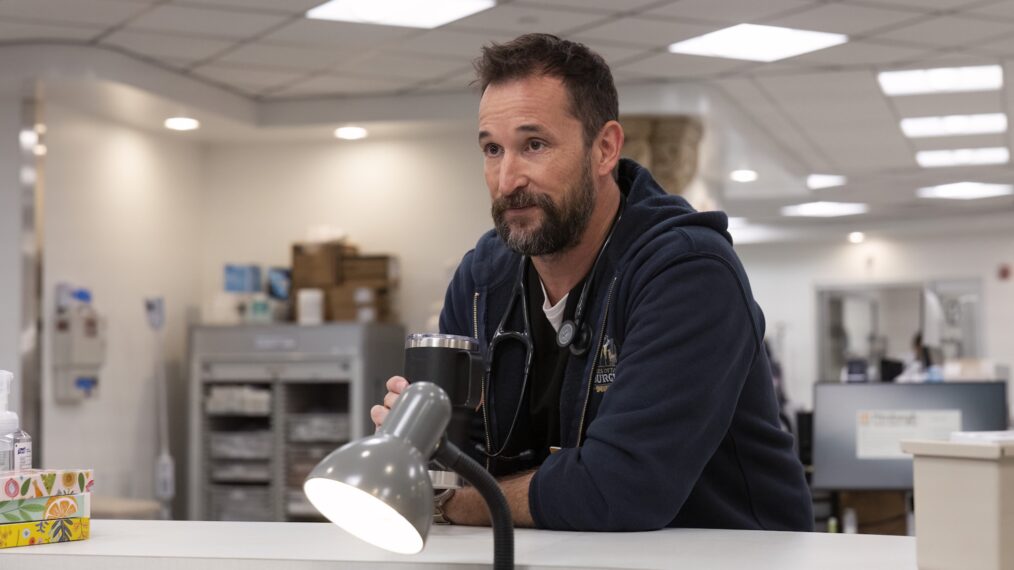









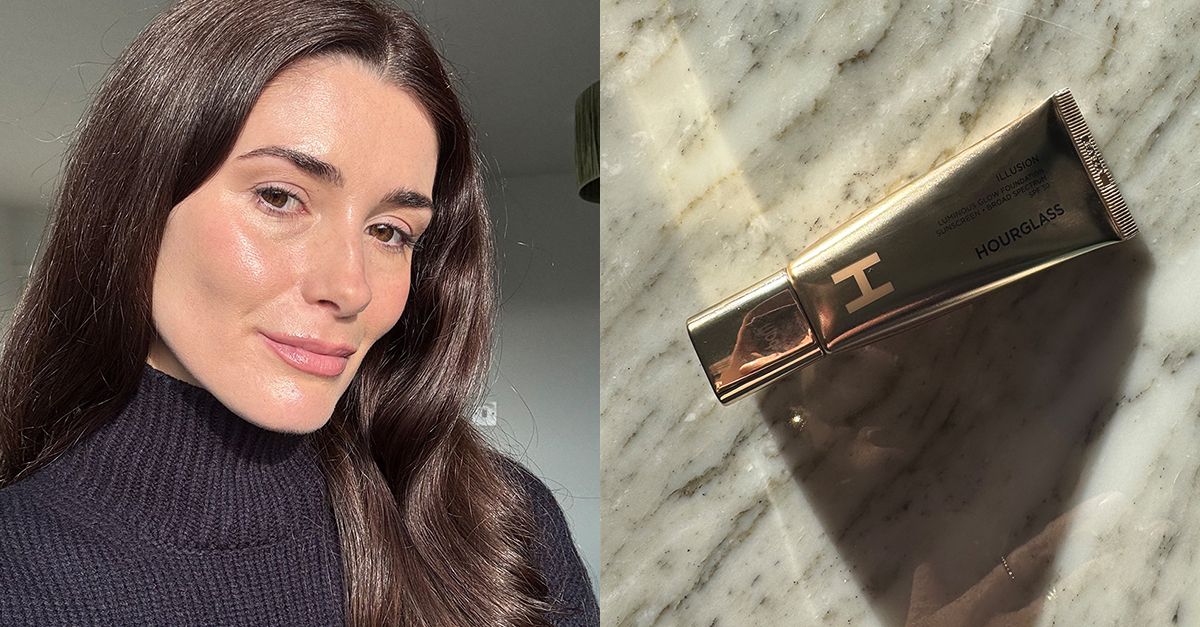

:quality(85):upscale()/2025/01/07/813/n/1922564/b63421d9677d72ddd6eff7.56786871_.png)
























